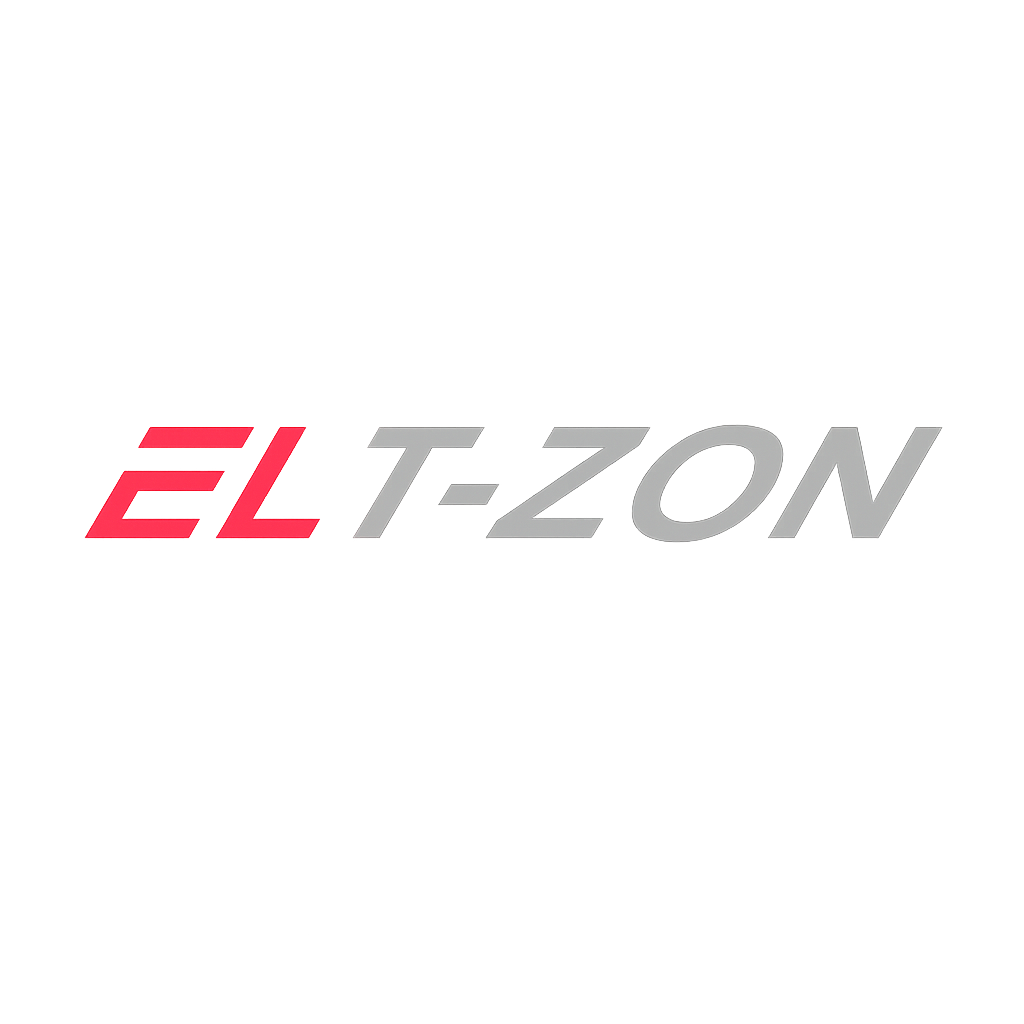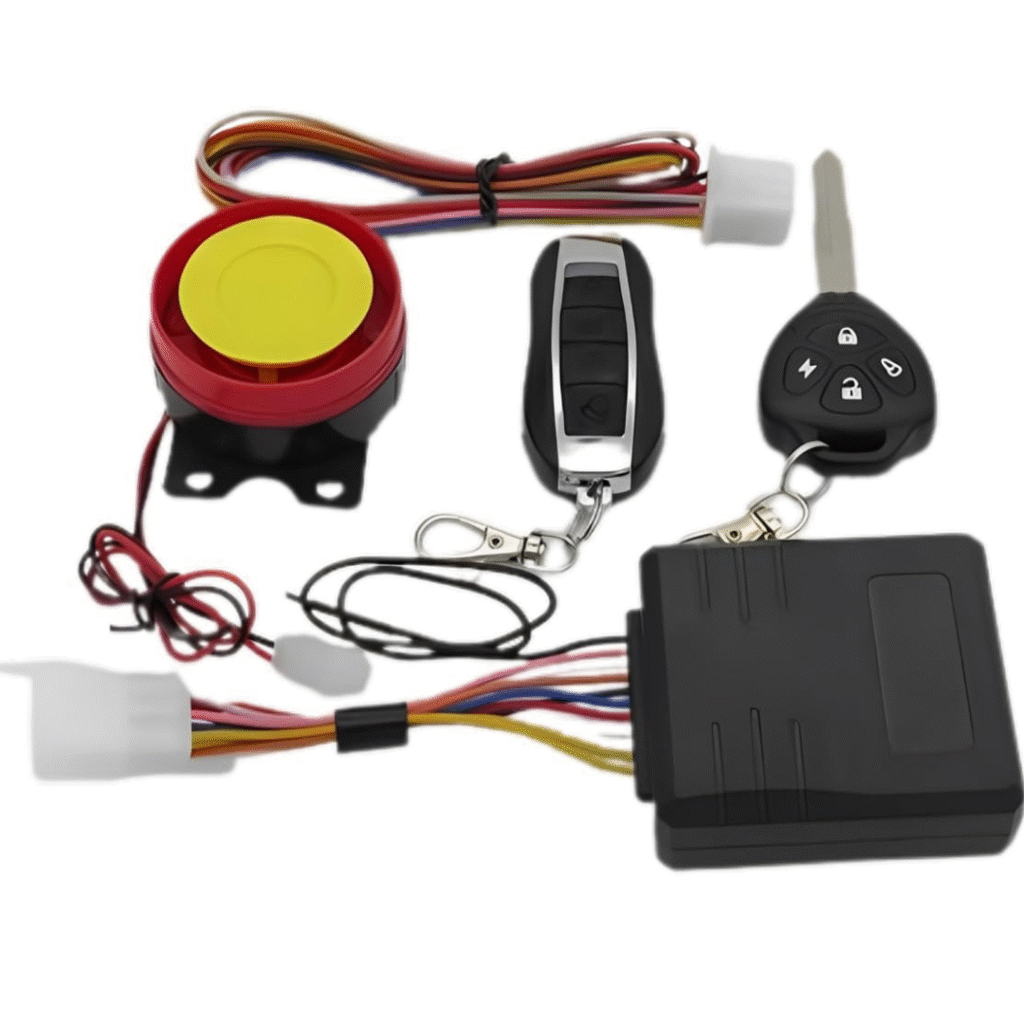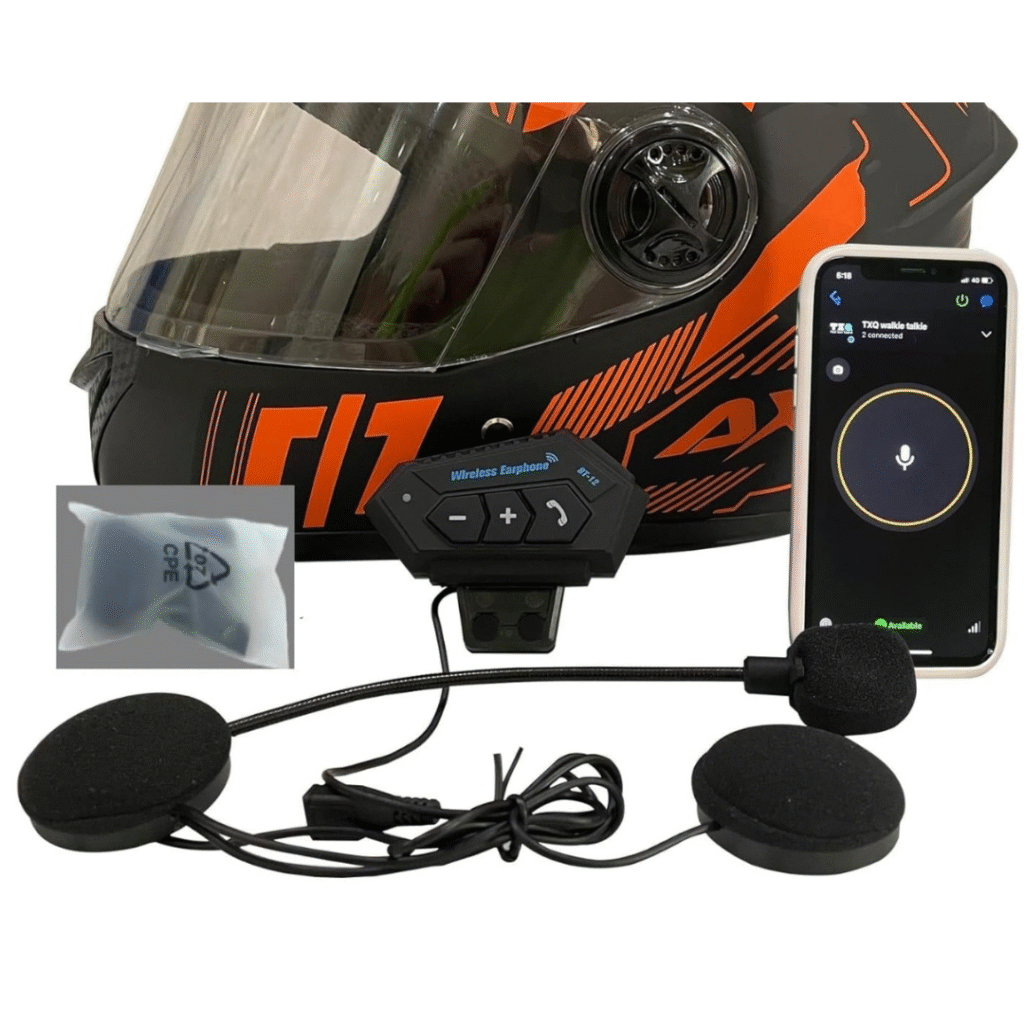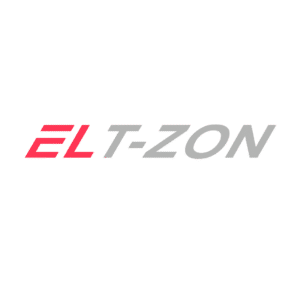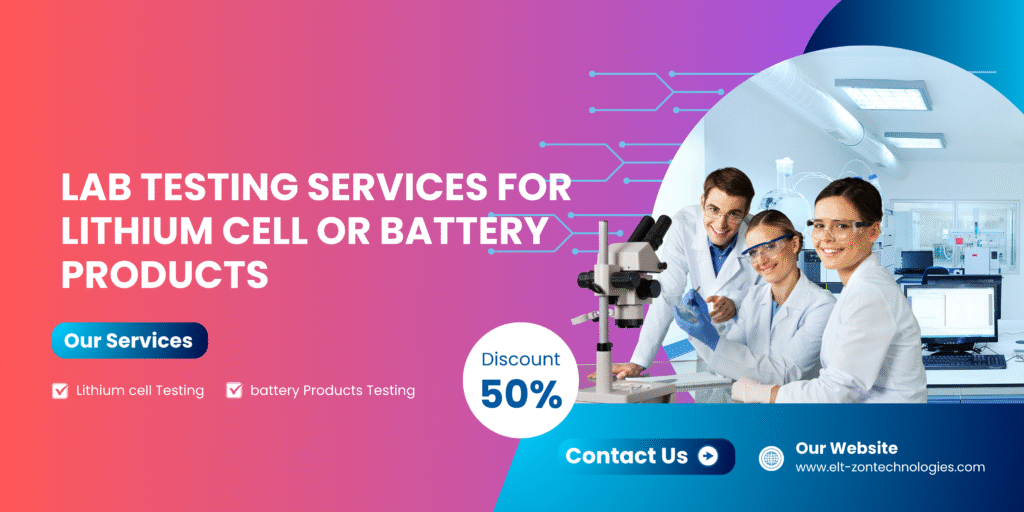
About Us
ELT-ZON TECHNOLOGIES
Let us tell you that we do not sell Lithium Ion Battery separately, we are only sell the product by inside the Lithium Ion Battery Products and Non Battery Product as well as,
Kindly Noted: As our All products are manufactured in India only and sold out in India,
Manufacturing Unit
Address:
107, Four Storey Qtrs, Tagore Garden Extension,
New Delhi-110027
GSTIN: 07AAJFE8654P1ZM
Phone: 9953912161
Email: eltzone81@gmail.com
Test Laboratory
Address:
C-5, 3rd Floor, Ajay Enclave, New Delhi – 110018
Phone: 9354645673
Email: eltzon383@gmail.com
UN 38.3 Certified Lithium-Ion Batteries
Our lithium-ion cell batteries fully comply with UN 38.3 standards, making them safe for air, sea, and land transport as per IATA, ICAO, IMDG, and DOT regulations.
UN 38.3 sets critical safety requirements to ensure safe transportation, reduce hazards, and enhance product credibility across industries.
- Reduced risk of fires and explosions
- Improved safety for handlers and shippers
- Strengthened reputation for safety & quality
- Market access in India only
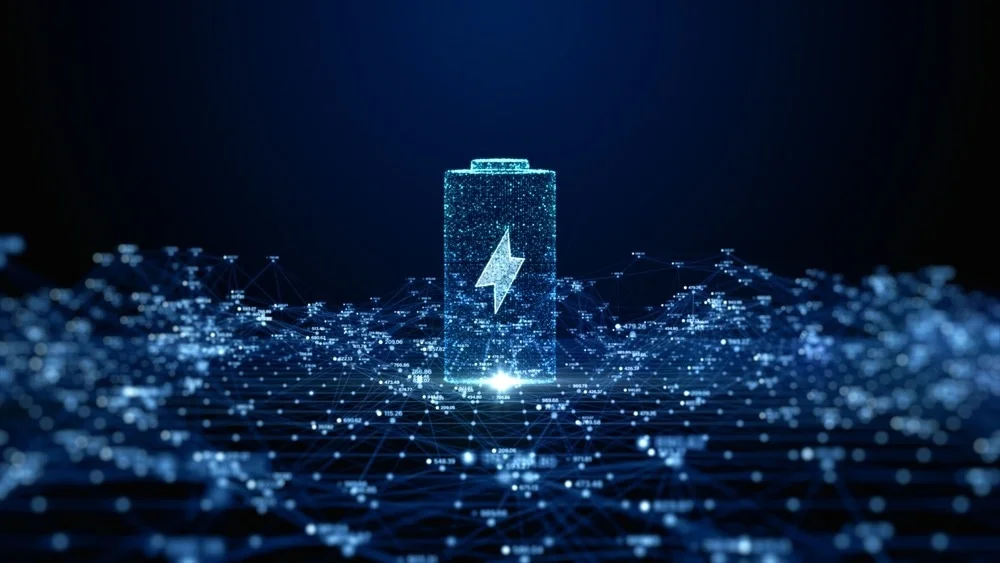
Top Selling Products
OUR TEAM

Rohit Kumar
Engineering Manager

Pankaj
Quality Manager

Rahul
Technical Manager
Conclusion: UN 38.3 Certification & Battery Structure
UN 38.3 lithium-ion battery transportation testing is a crucial step to ensure the safety of these batteries when in transit and protect those handling them from any potential dangers. By following the regulations laid out for this type of test, companies can be confident that their products are safe to transport and handle in accordance with IATA, ICAO, IMDG, and DOT regulations.
With so much depending on the successful passage of these tests, it should come as no surprise that many businesses are taking extra care to ensure they pass with flying colours.
UN 38.3 Overview
UN 38.3: A set of international standards for the safe transport of lithium batteries by air, land, and sea.
38.3.5 Test Summary: A document manufacturers must provide to confirm battery compliance.
Key Summary Information: Includes manufacturer’s name, contact, test lab details, report ID, date, and battery description (type, mass, Watt-hour rating).
Importance: Ensures batteries meet global shipping regulations.
Lithium-ion Cell Components
Anode: Usually graphite; silicon-based options offer higher capacity but degrade due to volume expansion.
Cathode: Lithium metal oxides including LiCoO₂, LiFePO₄, LiMn₂O₄, and NMC types, each optimized for energy, stability, or cost.
Electrolyte: Lithium hexafluorophosphate (LiPF6) in carbonates like EC and DMC, allowing lithium ion movement.
Separator: A porous membrane preventing electrode contact while allowing ion passage.

Key Concepts:
- Intercalation:The process where lithium ions insert themselves into the crystal structure of the electrode materials (anode and cathode).
- Charging/Discharging:During charging, lithium ions move from the cathode to the anode. During discharging, they move back to the cathode, generating an electrical current.
- Capacity:The amount of electrical charge a battery can store.
- Power: The rate at which a battery can deliver energy.
- Cycle Life:The number of charge/discharge cycles a battery can undergo before its capacity degrades significantly.
Manual of Tests and Criteria
Test 1
Altitude Simulation
Test 2
Thermal Test
Test 3
Vibration Test
Test 4
Shock Test
Test 8
Forced Discharge
Test 7
Overcharge
Test 6
Impact / Crush Test
Test 5
External Short Circuit
